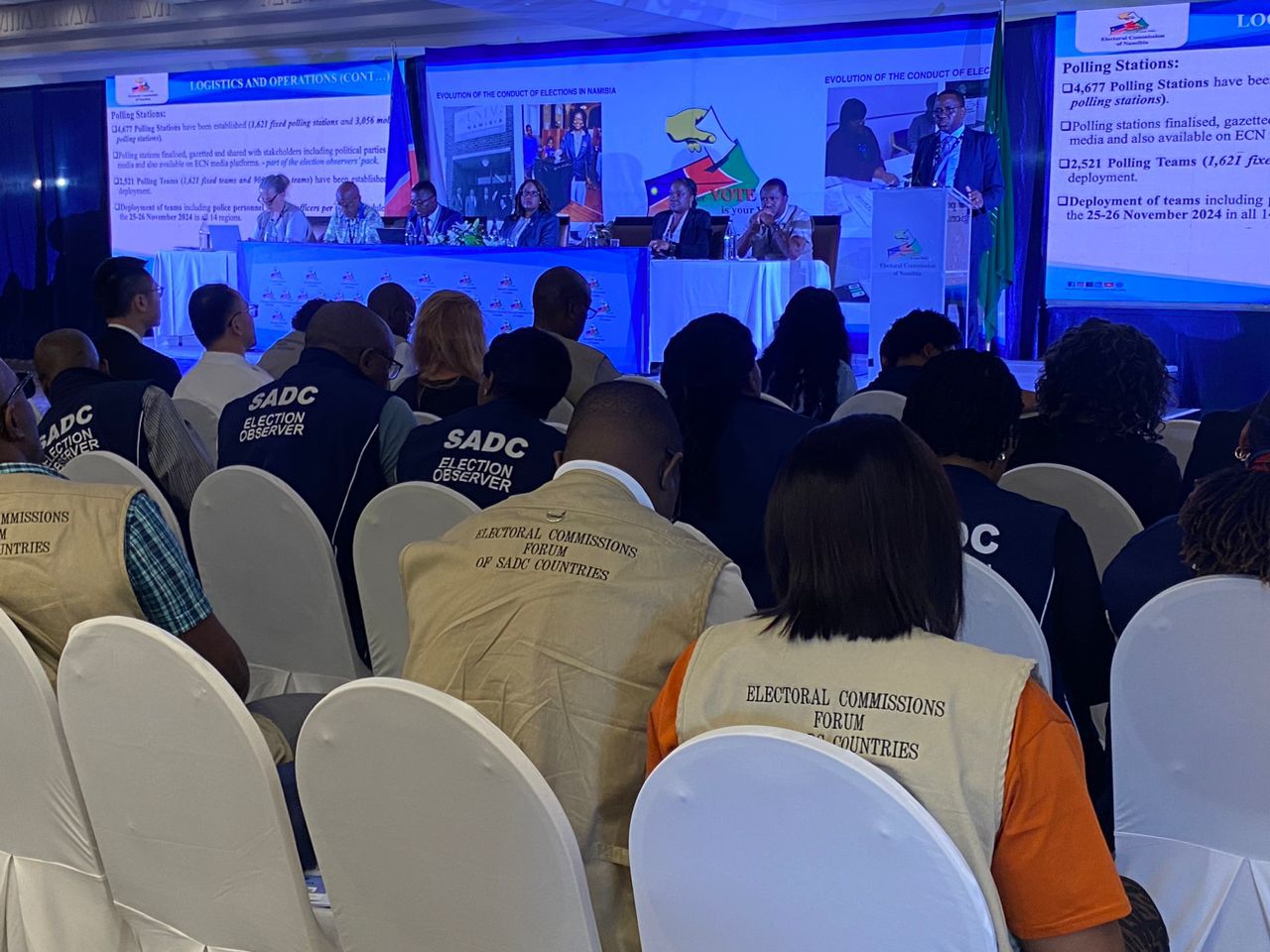Namibia’s electricity prices have seen consumers struggling to keep up with the increasing cost of living.
This comes after the Electricity Control Board (ECB) announced tariff increases for the Erongo Regional Electricity Distributor (Erongored) with 9%, the Central-Northern Regional Electricity Distributor (Cenored) with 7,6%, NamPower Distribution with 9,2%, the Northern Regional Electricity Distributor (Nored) with 9,8%, the Omaheke Regional Council with 3,3%, and the Cenored-Okahandja joint venture with 7,3%.
The City of Windhoek has applied for a tariff increase of 14% late, and is yet to obtain the regulator’s approval.
Other late tariff applications the ECB is reviewing are that of the Kalkrand Village Council (25%), the Keetmanshoop municipality (8%), the Mariental municipality (9,9%), Osire Power (12,3%), Oshakati Premier Electric (10%) and RoshKor Township (11%).
The approved tariffs of these electricity distributors were expected to be announced on Friday.
The Namibian considered the electricity costs of 11 towns, of which the most expensive is the Erongo region’s Walvis Bay, where the cost per unit is N$2,85.
Consumers at the harbour town can buy 175,60 units of electricity for N$500 from Erongored.
The most affordable electricity is found at Oranjemund, where residents pay N$1,59 per unit.
Residents can buy 504 units for N$800.
The second-most expensive town regarding electricity is Okahandja, with N$2,56 per unit.
For N$100, residents can obtain 39 units.
This town gets its electricity from the Cenored-Okahandja joint venture.
Keetmanshoop’s residents pay N$2,54 per unit of electricity. This translates to 39,4 units for N$100.
Like Windhoek, the residents at southern towns get their electricity from municipalities.
At Lüderitz residents pay N$2,04 per unit, while Aranos residents pay N$2,37 per unit.
The cost per unit for the following towns exclude the latest increases, since they have applied late for tariff increases.
Oshakati Premier sells one electricity unit for N$2,43, while Okongo residents pay N$2,38 per unit.
Windhoek’s residents pay N$2,28 per unit, while Gobabis’ residents pay N$2,24 per unit.
These prices include vendor fees.
The ECB increase has raised the previous rate of N$1,82 per kilowatt-hour to N$1,98 per kilowatt-hour.
Previously, an electricity voucher of N$10 provided consumers with about 4,20 units of electricity, while N$20 provided 8,40 units.
A voucher of N$50 provides about 21 units, while a N$100 voucher buys about 42 units.
These increases will continue for the next three years as the estimated tariffs for the 2024/25 financial year are expected to increase by N$2,08, by N$2,18 in 2025/26, and by N$2,29 per kilowatt-hour in the 2026/27 financial year.
ANALYST WEIGHS IN
Economist Theo Klein says avoiding power interruptions in Namibia has come at a cost, which is now felt by the consumer.
“NamPower has about N$1,3 billion in under-recoveries, as a consumer conscious ECB has not given NamPower the full tariff increases they applied for in recent years,” Klein says.
Any request for electricity tariff increases is approved by the ECB.
“While a consumer-conscious ECB would be appreciated by households and businesses, this prolongs the inevitable increase in electricity tariffs and weighs on NamPower’s profitability,” he says.
Despite this being good news for the consumer in the short run, Klein says the debt incurred by NamPower would continue to push electricity prices up on the medium to long term.
“With the housing and utilities category having the largest weight in the consumer price basket, we do expect higher electricity tariffs in future to add to higher living cost pressures,” Klein says.
WALVIS BAY’S CRY
A Walvis Bay landlord of 20 apartments, who prefers to remain anonymous, has expressed concern over the increasing cost of utilities, saying tenants are struggling to pay their rent.
“The body corporate has noticed tenants cannot keep up with the increased cost of living,” she says.
“Sometimes they go months without paying. And if our tenants cannot pay or keep up with their rental payments now, how will they be able to cope with increasing utility costs?” she asks.
The landlord says she used to spend N$1 200 on electricity for her own household per month, but this has increased to N$1 800.
“I am a single mother of two big boys,” she says.
She says the electricity tariff increases came at the wrong time.
“During the winter months, we pay high season tariffs, and in summer we pay low season tariffs,” she says.
She says due to the increases she will have to cut down on other essential household items.
Another resident at Walvis Bay, known as Christofina only, lives with six family members and says they used to buy 19 units of electricity with N$50, but now they only get 7 units for N$50.
“The N$50 electricity used to last me a week, but now it is just a day,” she says.
Her colleague Petrina, who lives with seven family members, says before the increase in electricity N$200 worth of units would last her a week.
“A household of seven people spend about N$2 600 on groceries, and N$1 200 on electricity,” she says.
‘DISASTER’
Labour researcher Herbert Jauch says an increase of 8% in electricity prices will be a disaster for most Namibian households.
“As electricity is essential for households, the additional increase is bad news, following shortly after the increase in the lending rates announced by the Bank of Namibia, thus any type of loans and bond repayments increase for households,” he says.
Jauch says it seems none of the regulators realise so many households are on the brink of economic collapse.
Erongored earlier this month said the impact of 9% on customers would vary depending on individual consumer consumption patterns and the type of electricity connection.
They said for every unit sold, about 70% goes to NamPower.
Erongored uses the remaining 30% for its operations.
With regard to statutory levies, the ECB levy will remain unchanged for a period of 12 months from 1 July this year to 30 June 2024.
Similarly, the National Energy Fund Levy for 2023/24 will remain unchanged.
Erongored head Nico Niemand told the media this month the company has looked for all possible ways to cushion the impact on its customers while ensuring that service delivery is not compromised.
“The company has resolved to continue with the subsidised tariffs for pensioners and low-income members in our community,” he says.
Stay informed with The Namibian – your source for credible journalism. Get in-depth reporting and opinions for
only N$85 a month. Invest in journalism, invest in democracy –
Subscribe Now!






